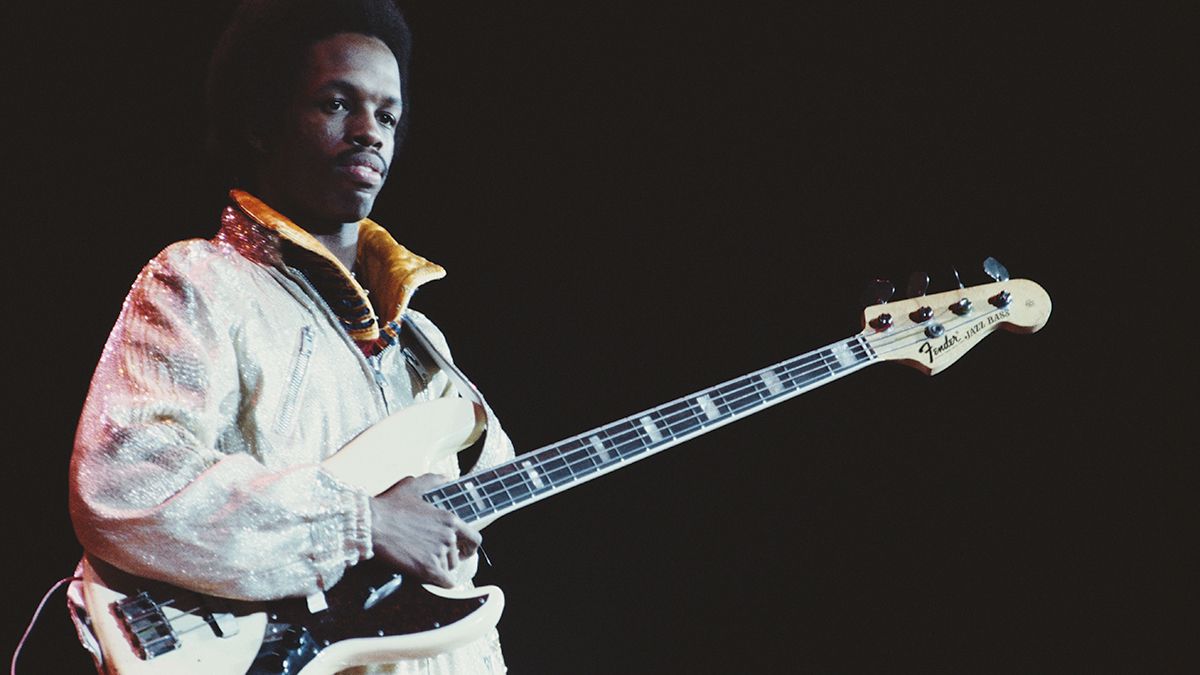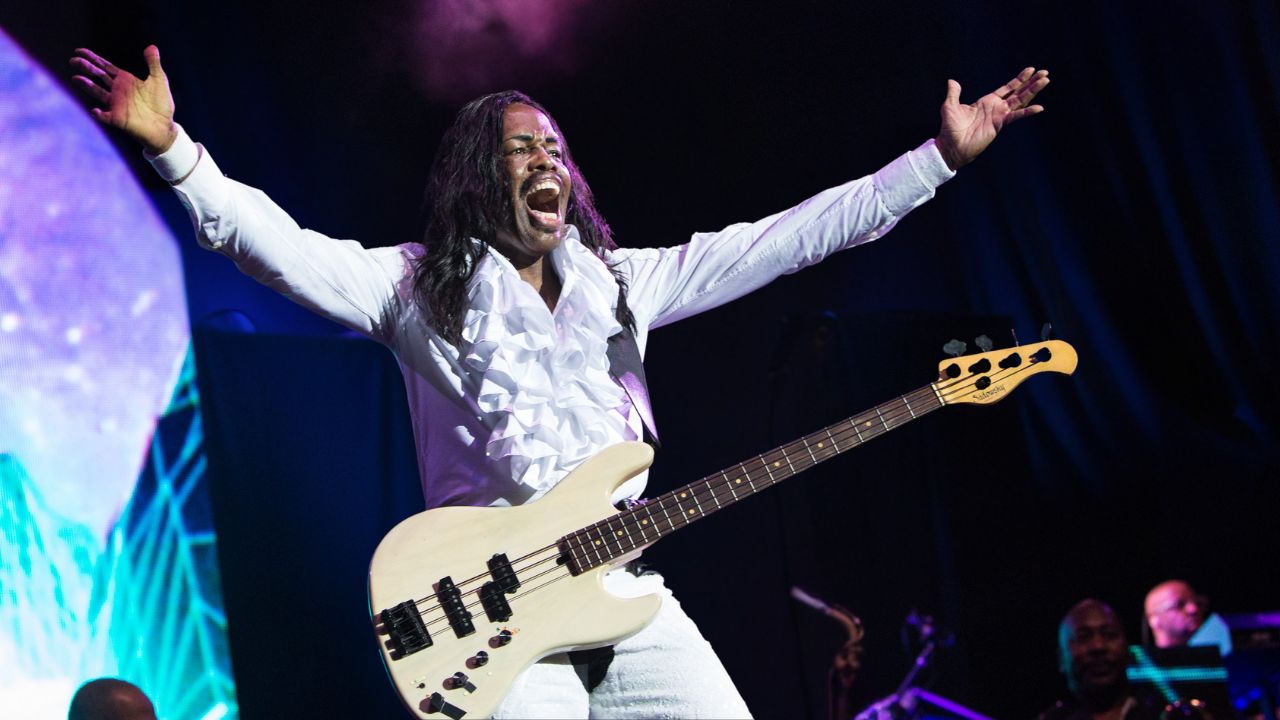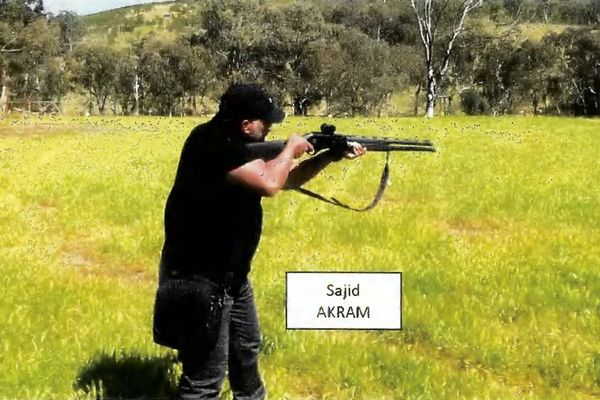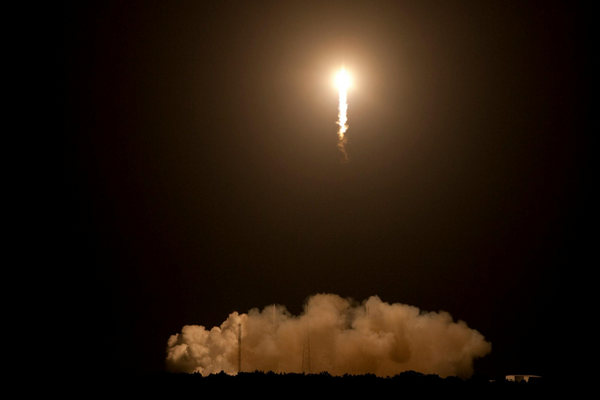
“People ask me about Shining Star, Fantasy, and Got to Get You Into My Life,” Verdine White told Bass Player in January 2018. “Not many ask me about That's the Way of the World, but it's an interesting line – probably one of my best.”
The title track to the Earth Wind & Fire’s highly regarded 1975 album, which had standout cuts in Shining Star and Reasons, That's the Way of the World was written by keyboardist Charles Stepney and White’s older brother, the late drummer and producer Maurice White.
Though it was the group's sixth album, Verdine White was just 23 when he and the rest of the rhythm section – Stepney and Larry Dunn on keyboards, Al McKay on guitar, and Ralph Johnson on drums – recorded basic tracks at Caribou Ranch, the Colorado studio of Jim Guercio, Chicago's manager. Maurice White was in the control room, along with engineer George Massenburg.
The track's feather-light opening finds White in the upper register, with beat four fills ushering in Db roots in each bar, despite the four-chord progression implying the descending D-Cb Bb-B line you can hear in Stepney's left hand.
“I just stayed there, because that was the song. See, I never approached it like a bass player; I approached it as a songwriter.”
The line itself is in Db, a flat-heavy key more comfortable for horn players and pianists than bassists, for whom every open string is out of the scale. White responds rebelliously, liberally bouncing off open strings, in the style of Motown's James Jamerson and other upright-trained electric players.
“People often think Earth Wind & Fire basslines were written out in advance, but they were just what I did. Everything I did on bass was just creativity in the studio, except for I Am – the only album we rehearsed in advance.
“But we were one of the first bands to break out of the three-hour session; we cut albums for ten hours a day over months, and that would really allow us to be creative.”
White introduces his verse line under the horn vamp and pre-verse hook, as well as the song's principle bass rhythm pattern. Dig how beat three's middle 16th bounces down to the low F, the 3rd of Dbmaj7.

The end of the verse, and the beginning the pre-chorus, marks a two-bar harmonic transition to the IV – Gb. Bass-wise, it's a microcosm of the low-end goodness that can be found throughout the song: arpeggios that bottom out with open-string bounds, three-note chromatic root approaches, contrasting short and long articulations, and open-string drops.
The first chorus marks the debut of the four-bar progression that dominates most of the tune, with the fourth-bar comprising a colorful and climactic B7b5-A7b5 turnaround where White deploys his most ingenious inventions.
The first, at 02:00, is one of the juiciest; that's where he approaches the oddball bar with a rake down to an open-string bounce, and a slippery slide well past the destination note via a quick G-string grab.
Today, Earth Wind & Fire plays That's the Way of the World as its show-closer. Rather than change his line to reflect his growth as a musician, White’s approach is to cop the original part note-for-note.
“At that time I broke a lot of rules, because I was still learning about harmony. I would play things differently if l recorded this line today, but audiences expect to hear the songs the way they know them, and I'm the same way when I go to see shows. So I stick with the part as I originally played it.
“As a musician, it takes a lot of discipline to do that. Even if it evolves in my mind, because I know how I would play it now, I don’t do it because the audience wants it the way they hear it.”







